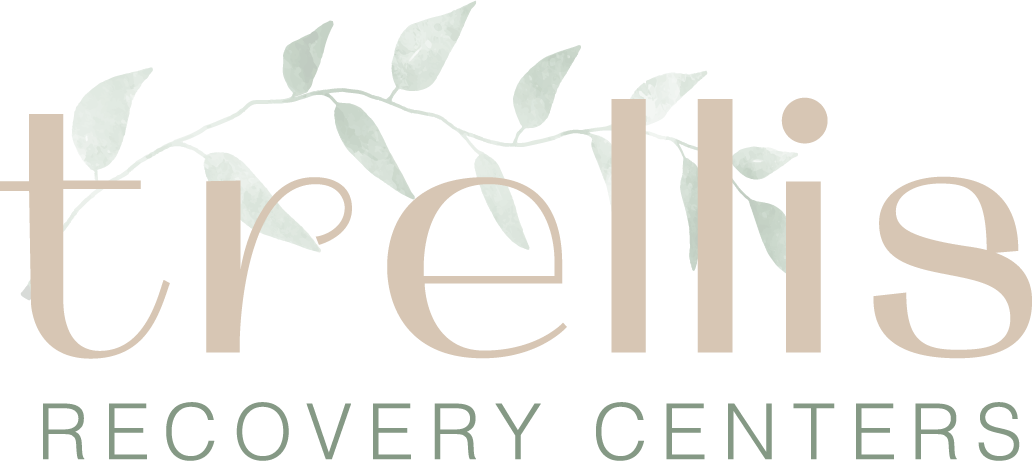Exposure and Response Prevention, also known as ERP, is an effective method of therapy that guides individuals through experiencing fear circumstances in a supportive environment wherein they can practice methods of effective coping as well as cognitive restructuring when the individual’s feared experience does not lead to their feared result. Exposure and Response Prevention treats a wide range of mental health conditions including eating disorders.
What is Exposure and Response Prevention?
Based in cognitive behavioral therapy, Exposure and Response Prevention (ERP) is considered to be the “gold standard treatment for anxiety and related disorders [1].” ERP treatment involves two components:
- Exposure: According to the International OCD Foundation, this part of treatment “refers to practicing confronting the thoughts, images, objects, and situations that make you anxious and/or provoke your obsessions [2].”
- Response Prevention: The International OCD Foundation goes on to detail that response prevention involves “refers to making a choice not to do a compulsive behavior once the anxiety or obsessions have been “triggered [2].”
Essentially, under the guidance of mental health professionals, individuals are exposed to the object of their fear and utilize skills to combat urges to engage in compulsive behaviors. The more individuals engage in non-threatening and helpful behaviors in response to the feared stimulus, the more they associate this non-threatening behavior with the stimulus, reducing distress that the stimulus once caused.
ERP is particularly effective in treating disorders such as specific phobias, panic disorder, agoraphobia, social anxiety disorder, obsessive-compulsive disorder, and PTSD [1].

How is Exposure Response Prevention Used to Treat Eating Disorders?
In addition to the mental health diagnoses mentioned above, ERP is also proven to be effective in the treatment of eating disorders. In eating disorder treatment, ERP often involves individuals struggling with being exposed to the fear that precipitates eating disorder behaviors such as certain food, movement, clothing, experiences, and cognitions.
Individuals are encouraged to create a “Fear Hierarchy,” identifying their food/body-related fears and ranking them from those they feel least afraid of to those they are most afraid of. Treatment professionals then begin introducing these fears to the client while encouraging them to identify the reality of the results of experiencing that fear while also utilizing effective and less harmful methods of coping.
In the treatment of eating disorders, it is important, however, to recognize that the deeper psychology behind the disorder cannot simply be treated by saying “see, what you are afraid of does not really happen.” For example, if an individual is afraid of eating or eating without compensatory behaviors because they will gain weight, exposure to food will not reduce this fear because it is likely that they will subsequently gain weight, particularly if they were emaciated or had lost weight due to their restriction.
As such, eating disordered treatment professionals must support clients in experiencing their fear while making alternative, and less harmful, choices than their eating disorder urges. This involves acknowledging what is beneath the initial fear of gaining weight. What is the individual afraid will happen if they gain weight?
In considering this, ERP treatment for eating disorders must then involve not only experiences of exposure to food, fear foods, movement, challenging memories and situations, etc. ERP eating disorder treatment must also guide the individual in processing the deeper cognitions beneath the fear of these things.
Request a Confidential Callback

Benefits of Trellis Recovery Centers ERP Eating Disorder Treatment
At Trellis Recovery Centers, we recognize the value that exposure to one’s fears can have in eating disorder treatment. It would not be helpful for an individual to experience treatment fully cut-off from those things that trigger their eating disorder. Sure, they may be able to maintain recovery in treatment, however, they will not know how to cope with these triggers when they inevitably face them after discharge.
For this reason, Trellis Recovery Centers creates individualized exposures to feared experiences based on each client’s unique struggle with their eating disorder and mental health. Trellis clinicians and RD are trained and experienced in providing supportive and compassionate support for individuals as they bravely face their fears and learn to cope effectively.
Some exposures that we utilize at Trellis include new and diverse foods, social situations, cognitive explorations, clothing, and experiences such as community outings, farmer’s markets, shopping centers, dressing rooms, and restaurants.
These exposures are led by providers that are trained in providing safe and contained space for challenging fears. Trellis team members are committed to ensuring that exposures are done safely and in a method that is both challenging yet empowering for clients.
Experience Exposure and Response Prevention for Eating Disorders in Los Angeles, CA
Exposure and Response Prevention teaches individuals skills to combat fear-based thoughts and urges with effective cognitions and ways of coping. This can help individuals not only fight their eating disorder but other mental health disorders as well as life challenges.
If you or your loved one are interested in learning how ERP for eating disorder treatment can change one’s life, please reach out to the Trellis admissions team.
References:
[1] Butler, R. M., Heimberg, R. G. (2020). Exposure therapy for eating disorders: a systematic review. Clinical Psychology Review, 78.
[2] Unknown (2022). Exposure and response prevention (ERP). International OCD Foundation.

